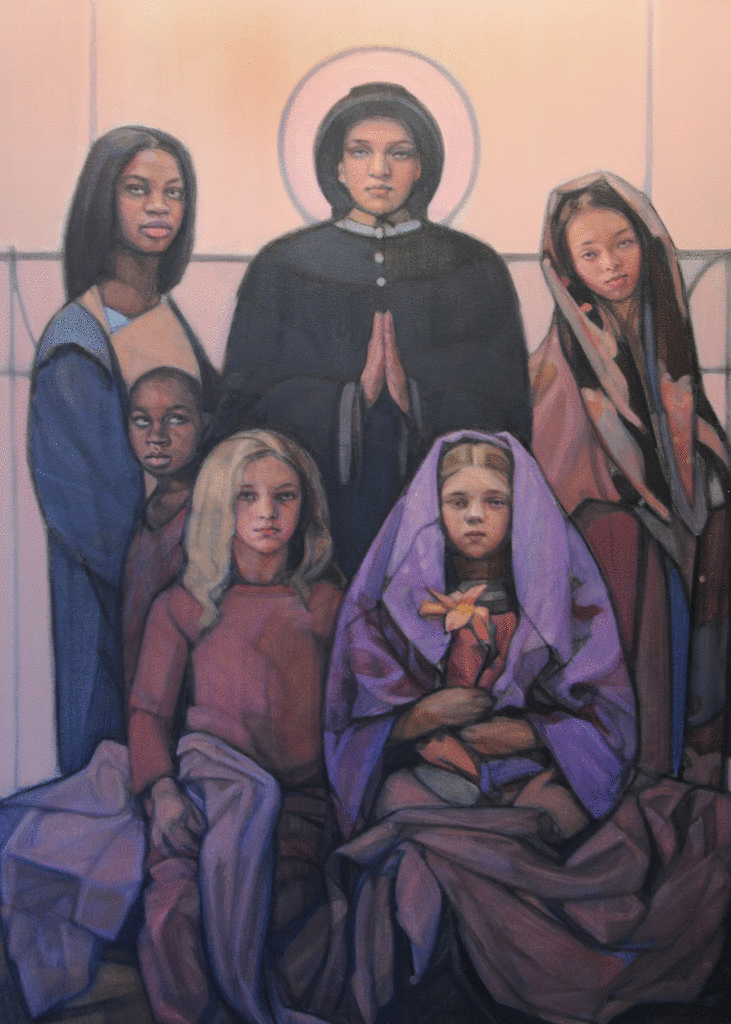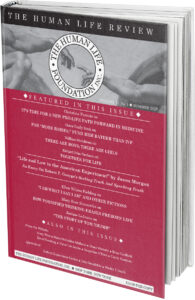An “Unwanted” Boy Helps Heal a Community
Nine years ago, I buried a twenty-year-old man, Joseph. I recall Joseph in his casket, especially his facial features—emphatically unmistakably Native American. He looked every inch the Native Peruvian he was.
We don’t know much about Joseph’s infancy except that he was “unwanted” by the adults in his life. He may have been well cared for in his orphanage, but it is easy to speculate otherwise. As Joseph aged, he displayed symptoms of serious mental and emotional illness, not entirely manageable by him or his family or his physicians. Joseph’s struggle with his very hard feelings was never fully successful; he eventually fell into substance abuse. But the sufferings of this “unwanted” boy’s short life continue to help heal a suffering community.
As a toddler, Joseph was adopted by a couple from the Pittsburgh region, Patrick and Carol. His adoptive mother says he suffered from acute self-consciousness about his racial background. Joseph felt his Native American features alienated him from other youth. He most closely identified with African-Americans, because of their special experience of the link between race and social condition.
Joseph’s struggle was compounded by his perception that other children and young people were happy in a way he couldn’t appreciate. Their smiling faces, the upbeat music in church, the facile promise of fun and friendship—all these things made Joseph feel he didn’t belong.
One of the last acquaintances Joseph made was with an older man named Steve, an African-American with similarly hard patches in his own life history. Steve shared his hard-earned spiritual wisdom with him. Joseph ultimately died either by overdose or suicide—we can’t be entirely sure—but before his death Steve helped Joseph experience and articulate a hope that transcended his bitter moods—a hope beyond hope, as St. Paul described it.
A little more than a year after Joseph’s death, Carol was advising me on artworks for the new St. Elizabeth Ann Seton Church in Carnegie (Pennsylvania). Janet McKenzie submitted a proposal for a portrait of Mother Seton. Carol loved McKenzie’s commitment to racial inclusion—important for Joseph’s sake—but the attraction ran deeper than race and skin color. Carol, the mother of an unhappy son, saw the respectful gravity with which McKenzie paints her subjects—without any trace of artificial happiness, but instead with a sincerity and sometimes ambiguity that Joseph might have liked. When McKenzie paints joy into her figures, even her children, it is not a superficial joy ignorant of sorrow, but a mature joy that knows the truth of human suffering. As you can see in this portrait of Mother Seton which Janet McKenzie painted for the church.

The artist deserves all the praise she has received for the warm realism of her figures, for her creative and inviting palette, for her sensitive portrayal of race, and for her insight into femininity; all these virtues are well represented in the portrait. Here the racial diversity is especially important, because Mother Seton is in a certain sense the mother of American educational history. The diversity of McKenzie’s figures boasts education’s real achievements in racial, ethnic, and sexual inclusion, even as it highlights Mother Church’s promise and hope of universal reconciliation.
But notice also the traces of medieval iconography in McKenzie’s painting—Mother Seton’s formal pose and halo, her central position as the vertical axis of the painting, and the supernatural solemnity of the faces. All point to a godliness that transcends more superficial fortunes, or misfortunes. The cluster of children forms a secondary halo around Mother Seton—a tribute to her triple sanctity as mother of her own children, mother-foundress of the Sisters of Charity, and mother-teacher to the students of her schools.
These solemn forms and faces may not be as immediately accessible as a tumble of smiling, playful children. But real children have real pain as well as real joy, just as Mother Seton faced the untimely death of her mother and sister and break-up of her step-family, and then in adulthood the untimely death of her husband and two of her daughters, and the scorn of those who resented her newfound Catholic faith.
McKenzie’s painting honors all moods. The viewer can discern joy, but sorrow, fear, curiosity, and caution are equally evident. All of these feelings are subsumed under the figures’ solemn holiness.
The painting now hangs in the entrance hall of the new church in Carnegie, a rust-belt town afflicted by opioid abuse and not unfamiliar with racial disparities. All those who enter the church see Mother Seton embracing God’s children. The legacy of Joseph, his friend Steve, and his parents Pat and Carol, reminds everyone that our shared life is not only for those who are happy, secure, and prosperous, but also for the sad, the weak, and those who are filled with longing.
* * * * *
MORE ABOUT THE ARTIST
Janet McKenzie is a native New Yorker now living in Vermont. She studied at the Fashion Institute of Technology and the Art Students League in New York City. She has devoted her life to the imagery of women, and for the past twenty years has attended also to ethnic diversity and children. McKenzie’s painting “Jesus of the People” was selected winner of the National Catholic Reporter’s competition for a new image of Jesus at the Millennium by Sister Wendy Beckett, art historian and BBC television host. In the words of Sister Wendy, “This is a haunting image of a peasant Jesus—dark, thick-lipped, looking out on us with ineffable dignity, with sadness but with confidence. Over His white robe He draws the darkness of our lack of love, holding it to Himself, prepared to transform all sorrows if we will let Him.”










Pingback: Adoption & Christian Persecution — Twelve Things that Caught My Eye Today | Capmocracy.com